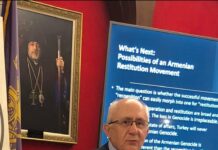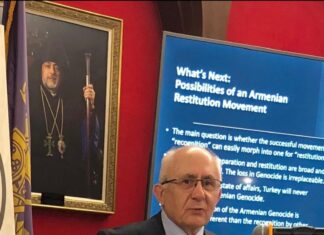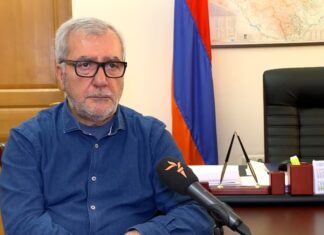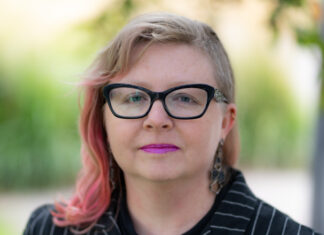By Dr. Arshavir Gundjian
I have no doubt that the appeal expressed in the title of this article will not come as a surprise to any of the readers who follow the daily discussions concerning Armenian life in the press, be it in the Diaspora or in Armenia.
This article is the logical follow-up of my previous article which appeared in the July 9 issue of Baikar, entitled “Let Us Celebrate the 1918-2018 Centennial of the Reestablishment of Armenian Statehood Without Falling Prey to the Temptation of Divisiveness.”
Soon after the authorities in Armenia announced recently that next year, in May 2018, the “Centennial of the May 1918 Days” will be celebrated, articles and proposals exhibiting a clear spirit of divisiveness started to appear in the Armenian press in the Diaspora and Armenia. Evidently the polemic was prompted by the Armenian Revolutionary Federation (ARF or “Tashnag”) press. Inevitably and quite understandably, responding articles appeared in organs of the nonpartisan press, such as Aravod, as well as Baikar, a part of the partisan Ramgavar press.
The articles that appear, particularly in the Diaspora Tashnag press, clearly indicate a return to the self-centered Tashnag spirit evinced for over 70 years following May 28, 1918. During those long years, the ARF exhibited extreme bigotry. At the cost of ignoring its own published literature of the relevant period, it systematically claimed exclusive credit for the creation of the first Republic of Armenia. Quite unfortunately, the ARF has used both the first Republic and the tricolor flag of Armenia as symbols of intense and sustained destructive strife directed against every person, organization or undertaking in favor of Armenia, the Holy See of Echmiadzin, or any cultural, literary or scientific endeavors located in Armenia during those 70 years.
Unfortunately, today the Tashnag press is reverting to that same self-centered bigoted spirit without realizing that by now such an attitude is totally unacceptable. One particular manifestation of this behaviour appears in its current forceful promotion of the idea that in May 2018 a statue be erected dedicated to one of its leaders of the past century whom it would like to see adopted as an uncontested hero of the entire Armenian nation.










